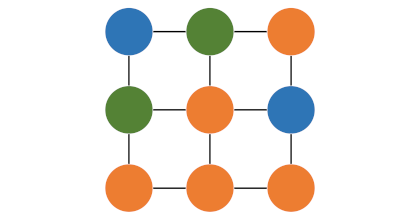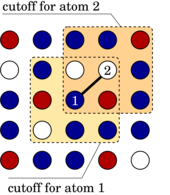Construction and sampling of alloy cluster expansions - A tutorial
P. Ekborg-Tanner,
P. Rosander,
E. Fransson,
and
P. Erhart
PRX Energy 3, 17409
(2024)
arXiv:2405.14787
doi: 10.1103/PRXEnergy.3.042001
zenodo: 10997197
(associated data)
Download PDF

Crystalline alloys and related mixed systems make up a large family of materials with high tunability which have been proposed as the solution to a large number of energy related materials design problems. Due to the presence of chemical order and disorder in these systems, neither experimental efforts nor ab-initio computational methods alone are sufficient to span the inherently large configuration space. Therefore, fast and accurate models are necessary. To this end, cluster expansions have been widely and successfully used for the past decades. Cluster expansions are generalized Ising models designed to predict the energy of any atomic configuration of a system after training on a small subset of the available configurations. Constructing and sampling a cluster expansion consists of multiple steps that have to be performed with care. In this tutorial, we provide a comprehensive guide to this process, highlighting important considerations and potential pitfalls. The tutorial consists of three parts, starting with cluster expansion construction for a relatively simple system, continuing with strategies for more challenging systems such as surfaces and closing with examples of Monte Carlo sampling of cluster expansions to study order-disorder transitions and phase diagrams.



